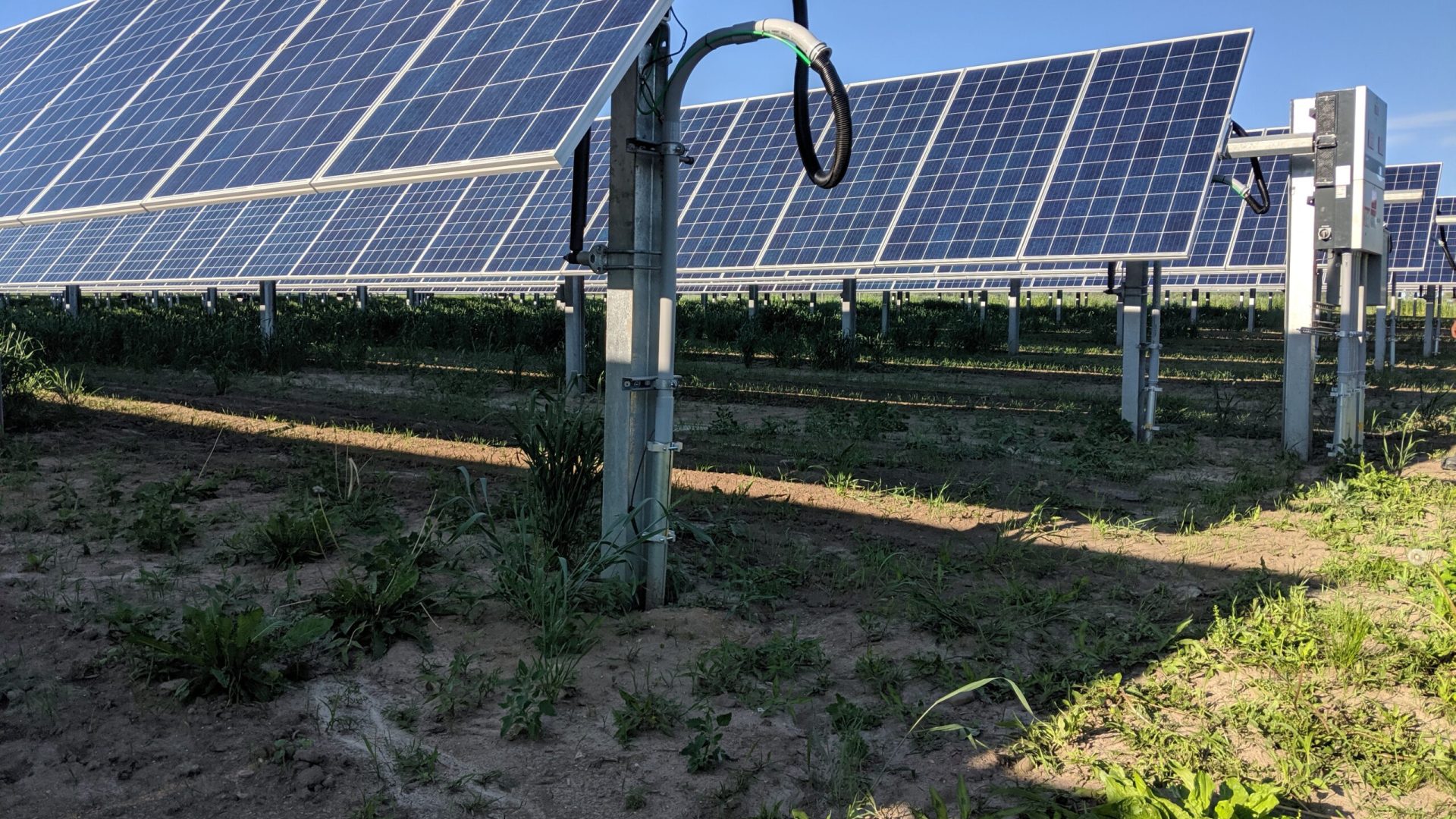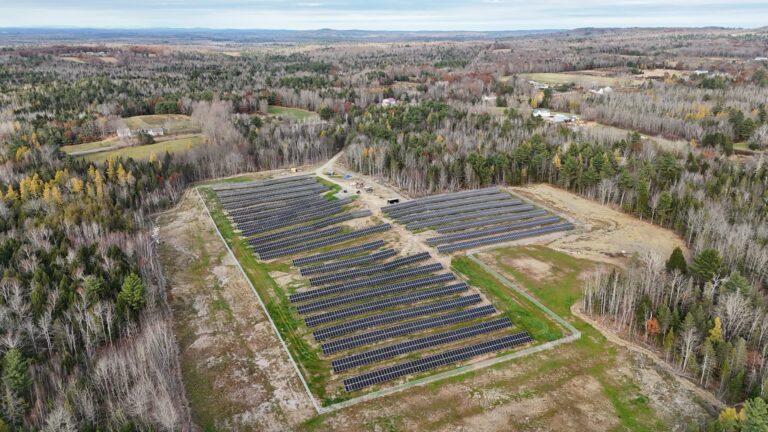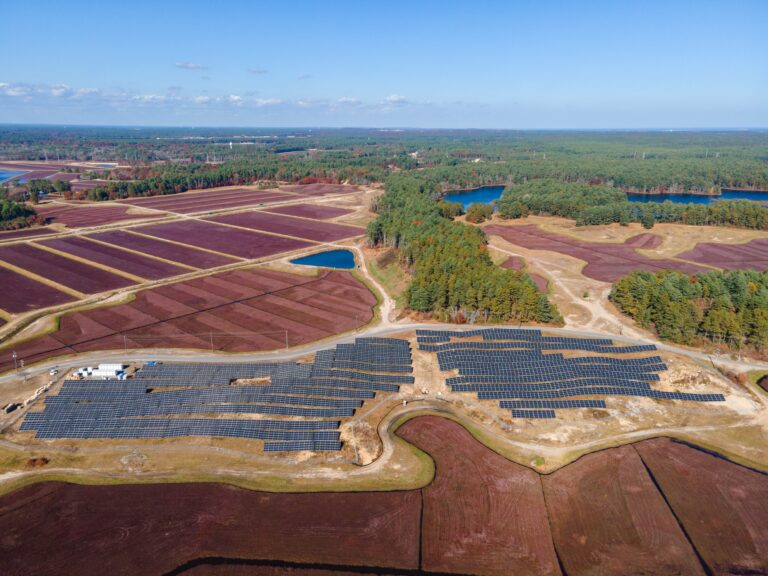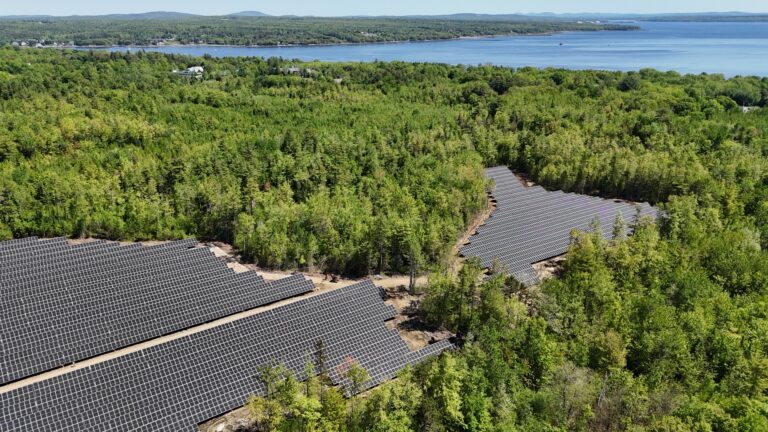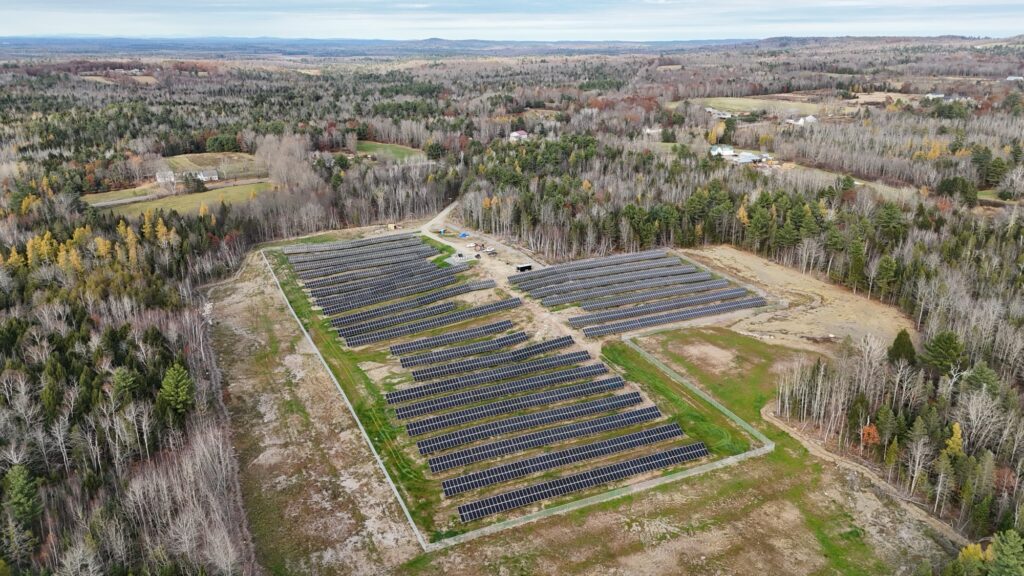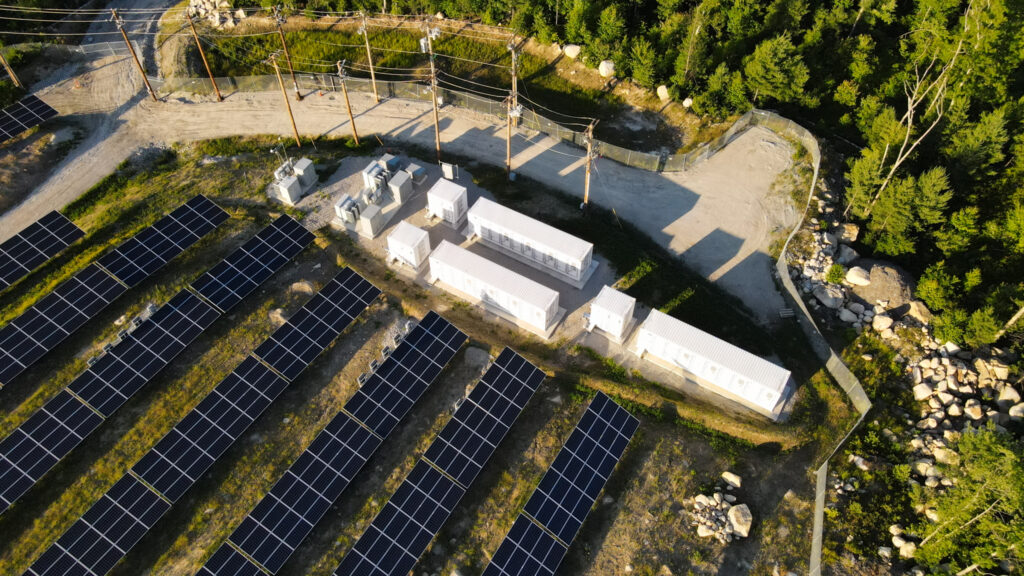A Spotlight on Dodge County’s Solar Initiative
Syncarpha’s Dodge County solar portfolio comprises multiple community solar projects strategically designed to support the state’s energy goals. With a cumulative capacity of 5 megawatts (MW), this portfolio generates clean, renewable electricity to power approximately 1,000 households annually. Each project is interconnected with Xcel Energy, one of Minnesota’s leading utility providers, ensuring seamless integration into the state’s power grid.
Community Solar: A Win-Win for Residents and the Environment
Community solar allows residents and businesses to benefit from solar energy without needing to install panels on their property. Participants in the Dodge County projects enjoy the advantages of solar energy—reduced utility bills, decreased carbon emissions, and energy independence—while contributing to a sustainable future.
Subscribers to Syncarpha’s community solar program typically save 10% on their electricity costs, making solar energy not only an environmentally friendly option but also a financially smart choice.
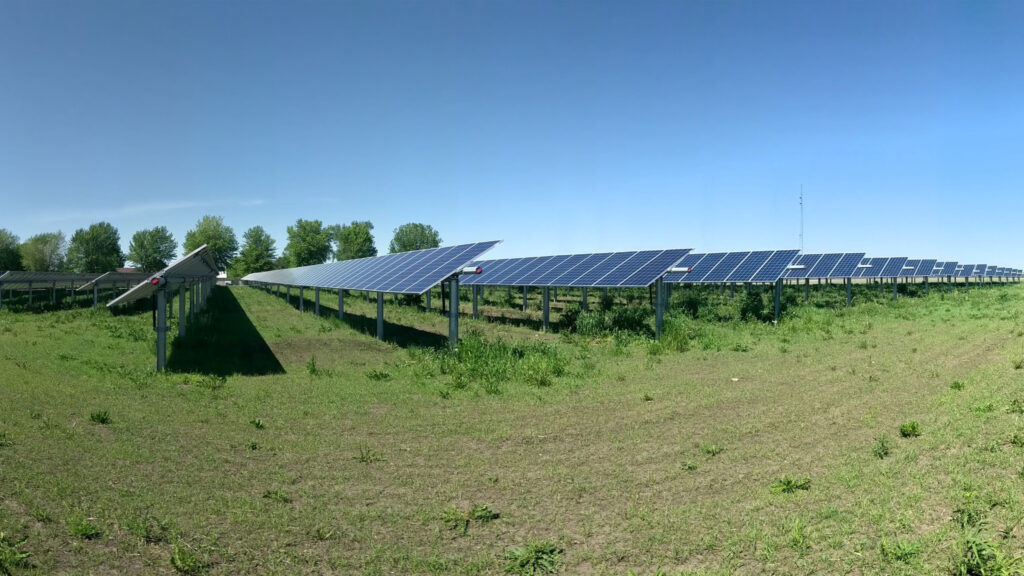
Collaboration for Success
The Dodge County solar projects exemplify Syncarpha’s collaborative approach to renewable energy development. Working closely with local landowners, utility companies, and government agencies, we ensure that each project meets high standards for efficiency, sustainability, and community benefit. This approach helps foster local economic growth, create jobs, and strengthen community ties.
Driving Sustainability in Minnesota
Minnesota has been at the forefront of the renewable energy movement in the United States. Programs like Xcel Energy’s Solar Rewards Community Program have been instrumental in accelerating solar adoption. Syncarpha’s Dodge County solar portfolio aligns perfectly with the state’s vision for a greener future, reinforcing Minnesota’s commitment to achieving its renewable energy goals.
The Broader Impact of Solar Projects
Beyond environmental benefits, solar projects like those in Dodge County have significant economic and social impacts. By generating local employment opportunities during the construction and operation phases, these projects contribute to the economic vitality of the region. Additionally, they serve as educational tools, showcasing the potential of renewable energy to community members and inspiring future generations to embrace sustainable practices.

